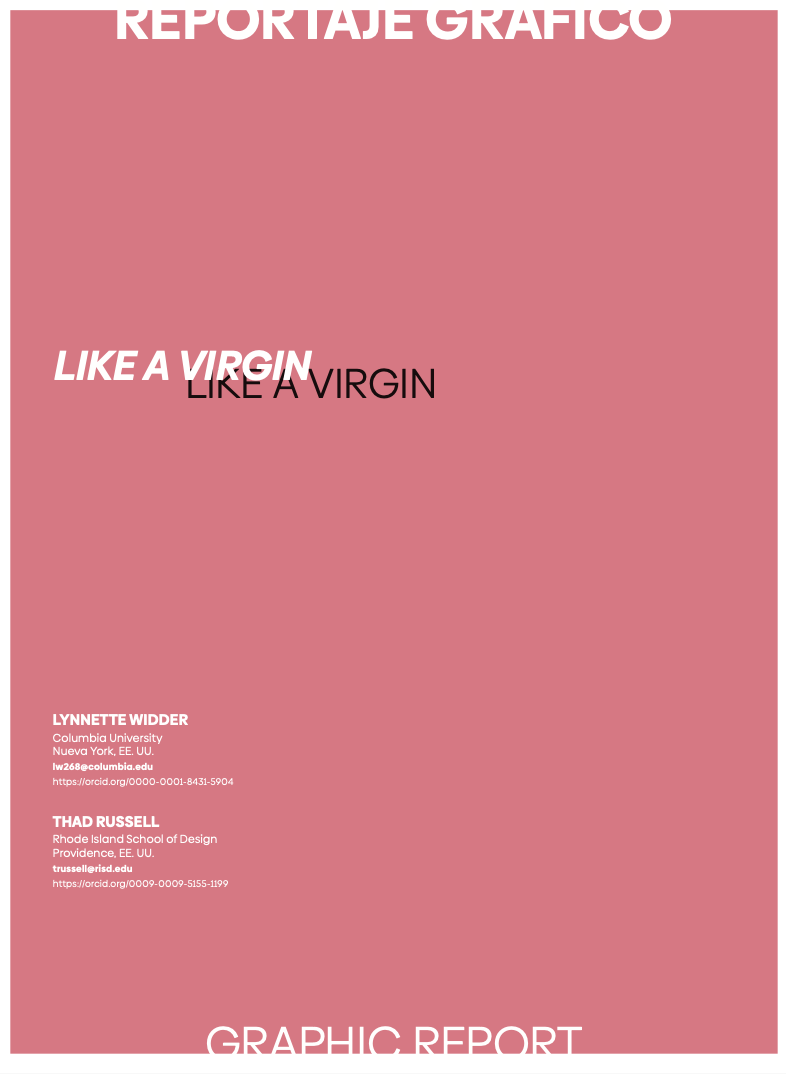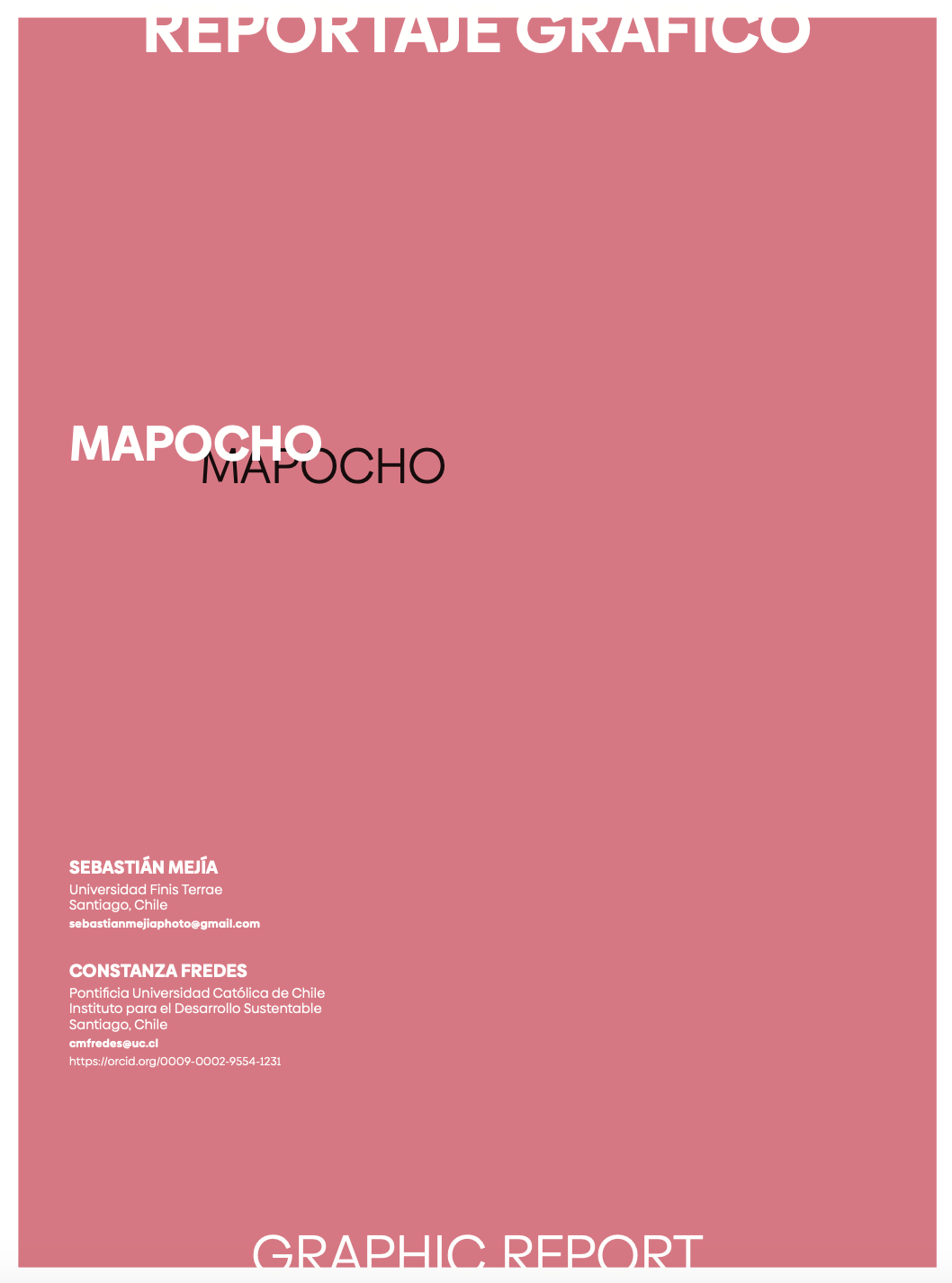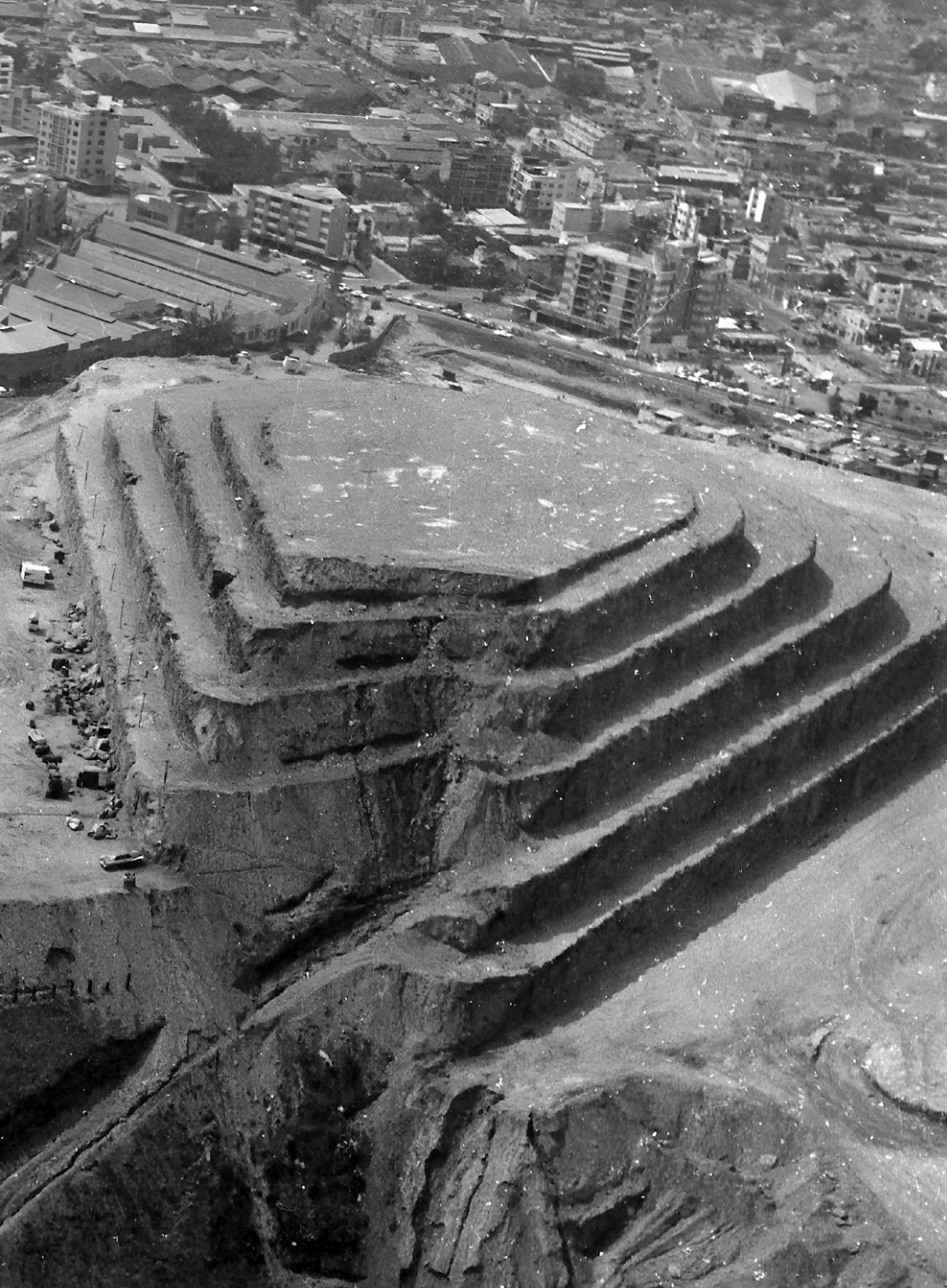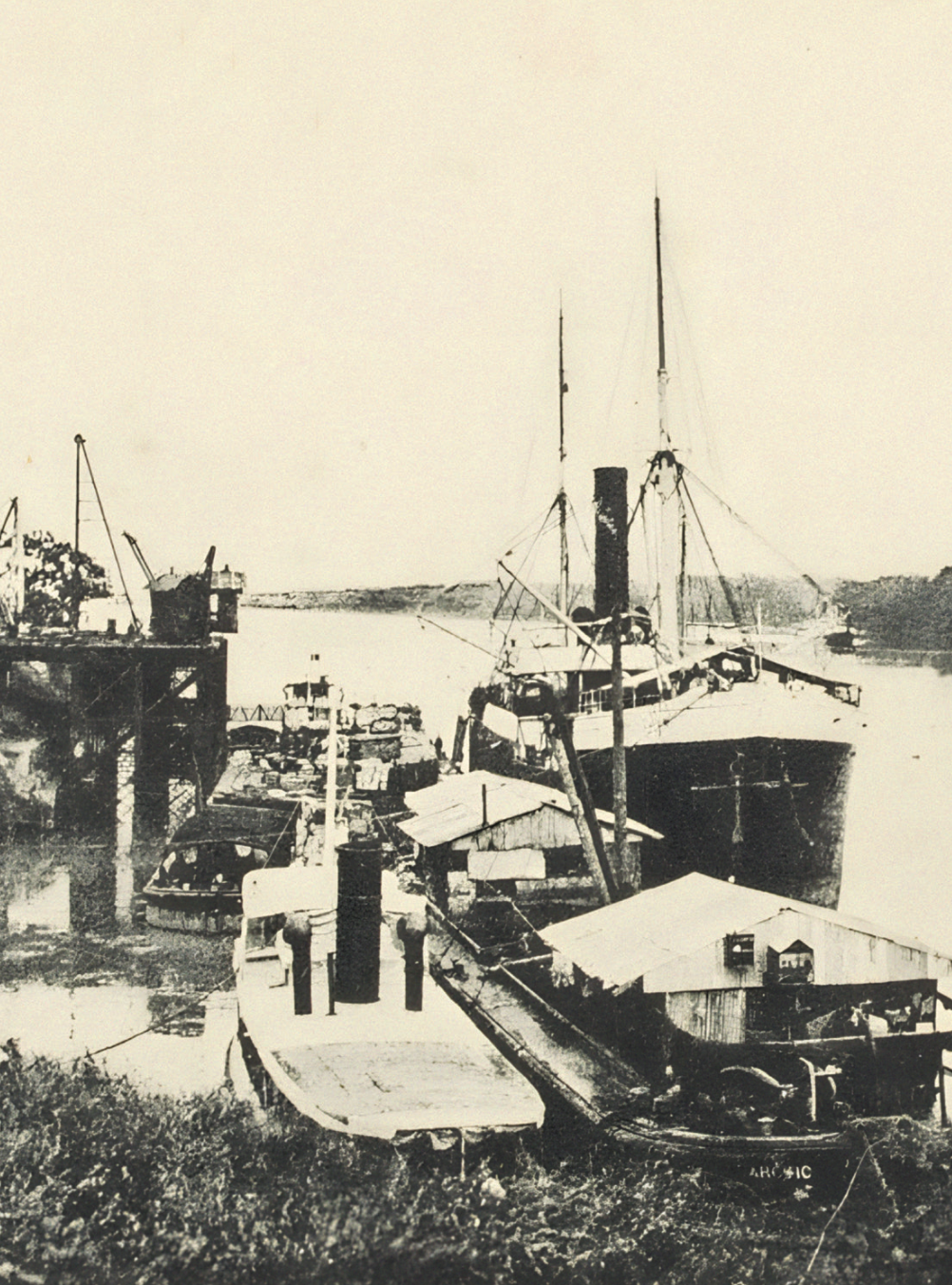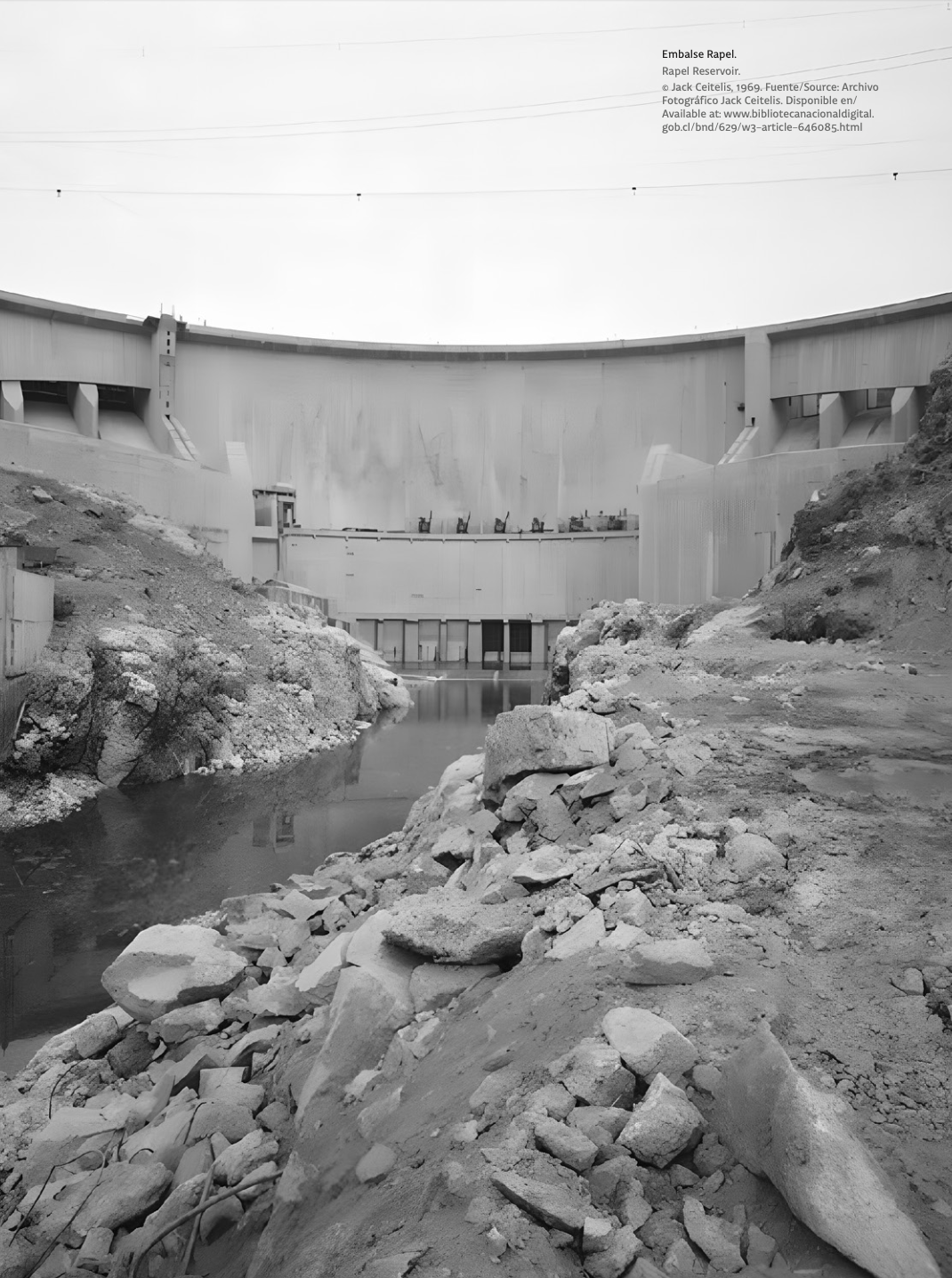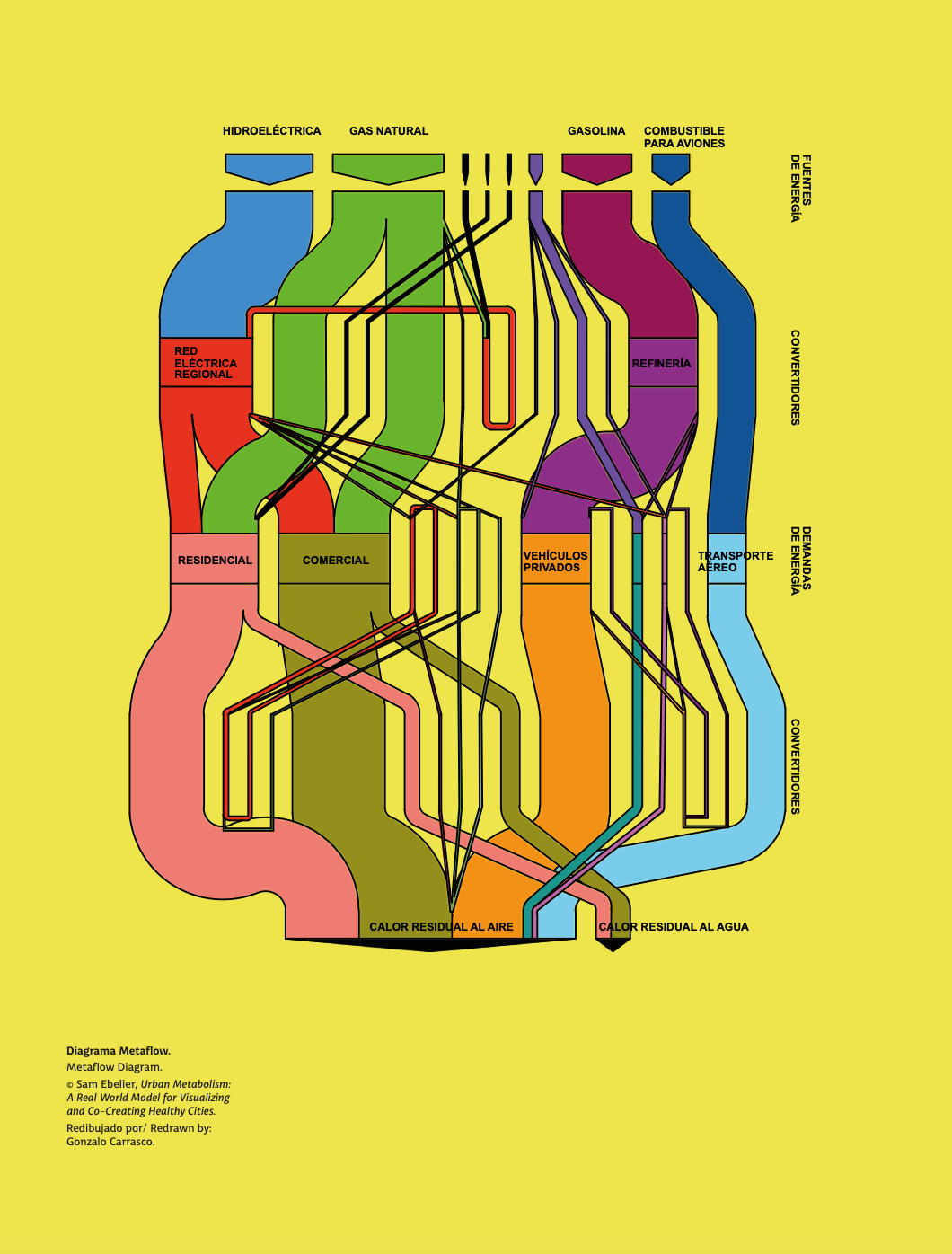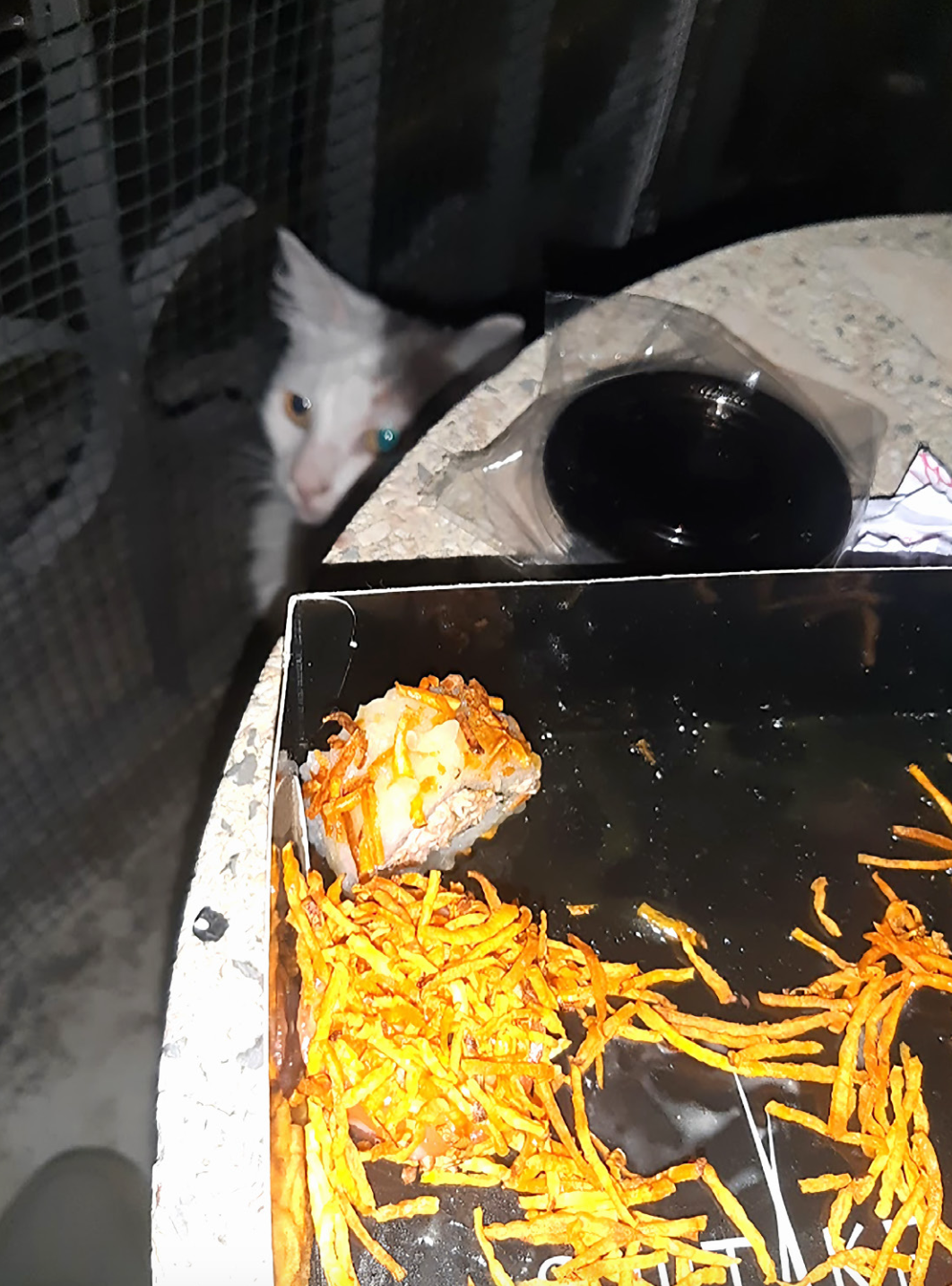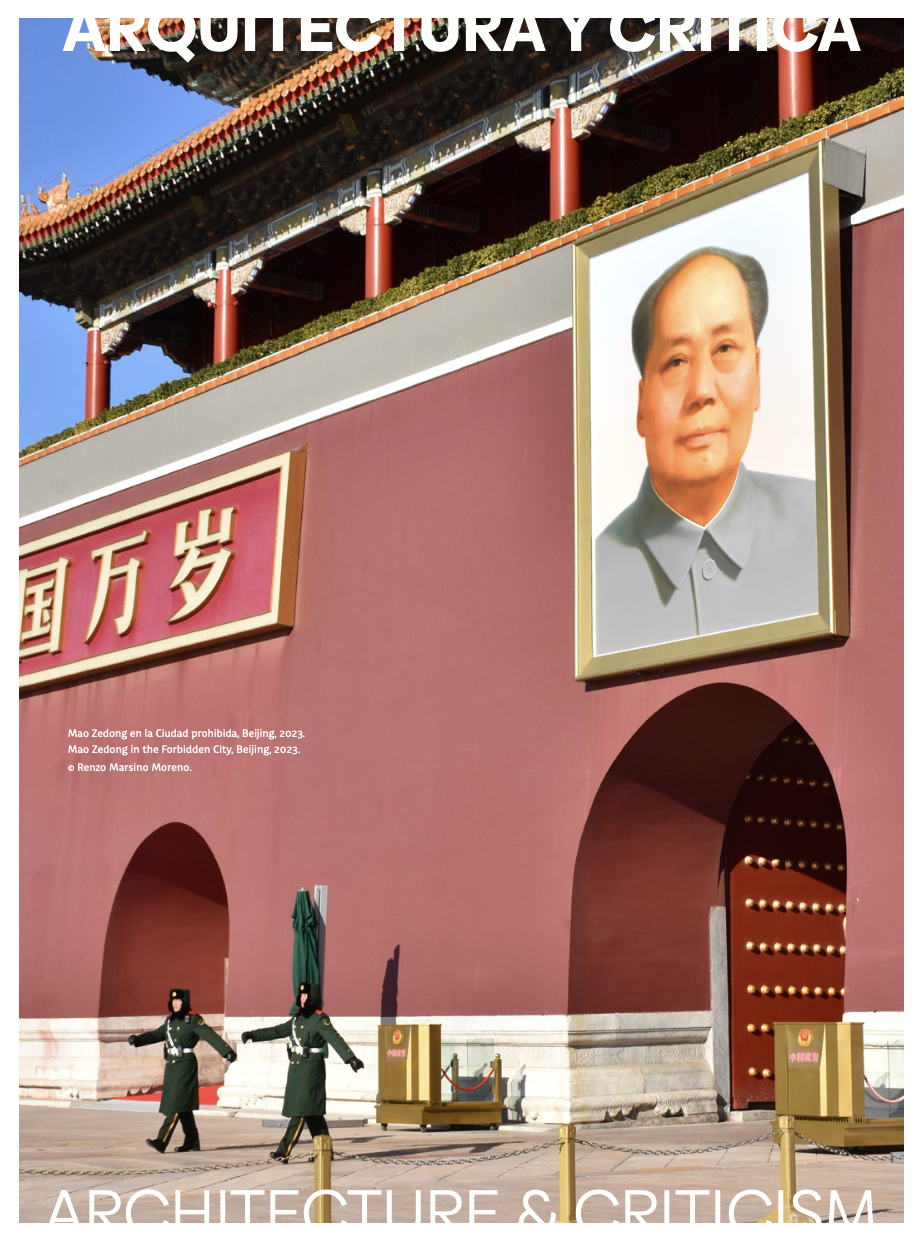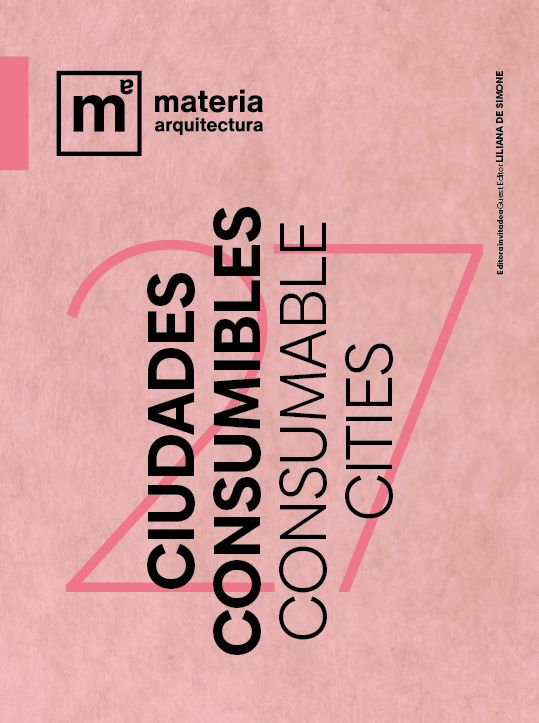
CONSUMABLE CITIES
Guest editor LILIANA DE SIMONE
Materia Arquitectura 27 explores the intersections between the global processes of production, distribution and consumption, and their repercussions in urban and non-urban territories. In this framework, JOEL STILLERMAN examines the role of consumption as a tool of identity and citizenship construction, from a detailed study of Chilean middle classes. Furthermore, CELESTE OLALQUIAGA explores the history of Helicoide in Caracas, an infrastructure built for consumption that today works as a torture center. CLAUDIO CUNEO studies the extractive processes related to the rubber and oil industry that shaped the city of Iquitos, in the Peruvian Amazon. Also from the study of a non-urban territory, EDUARDO CORALES addresses the ecological and social consequences of the Rapel reservoir, conceived to feed the consumption of Chile's greatest cities. From another perspective, STELLA SCHROEDER and her team compare the tensions between informal commerce, the use of public space, and social inclusion in three cities in Latin America. In his article, GONZALO CARRASCO explains the origin of the notion of metabolism in the 19th century and its application in the study of cities to convert ecosystems into inventories susceptible of being consumed by cities. DIEGO MORERA examines the phenomenon of the virtualization of commerce by documenting ghost kitchens in Montevideo that operate for a delivery platform. Considering China’s emergence as a global economic power, RENZO MARSINO reflects on the modalities of shanzai related to the production of cities and buildings. THAD RUSSELL and LYNNETTE WIDDER present the facilities of a soil reuse plant in New York and its fundamental role in the economic chain of the real estate and construction business. Finally, SEBASTIÁN MEJÍA and CONSTANZA FREDES point out the complex relationship between nature and urbanization in the Mapocho’s riverbed in Santiago, through the by-products of considering water as a commodity.
DOI: https://doi.org/10.56255/ma.v1i27
Published: 2024-12-28
